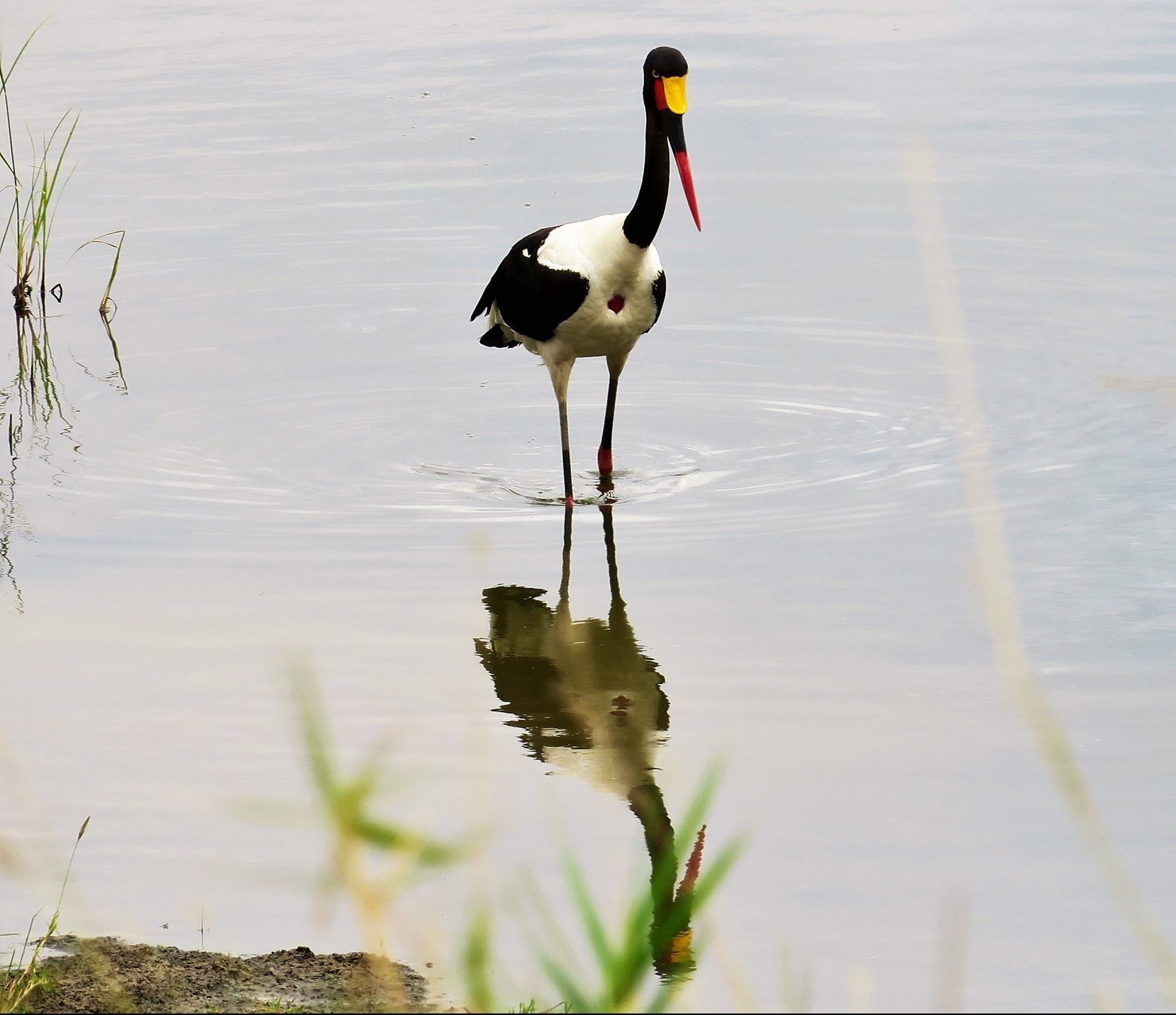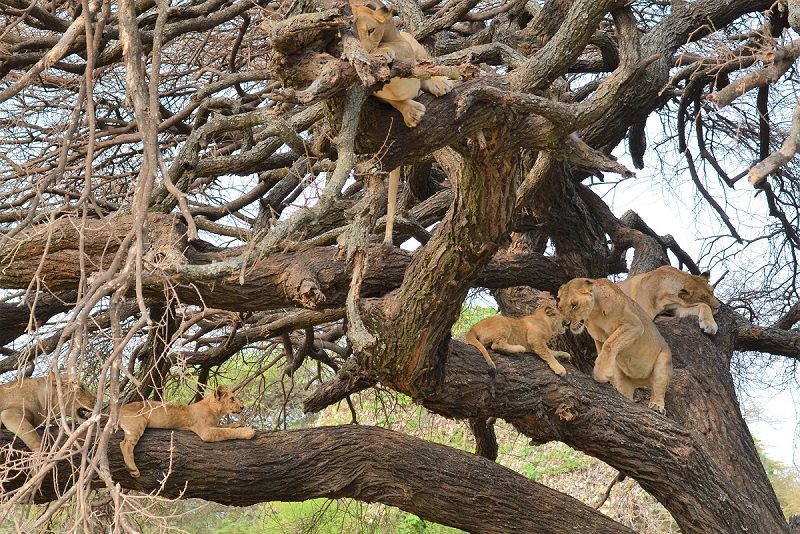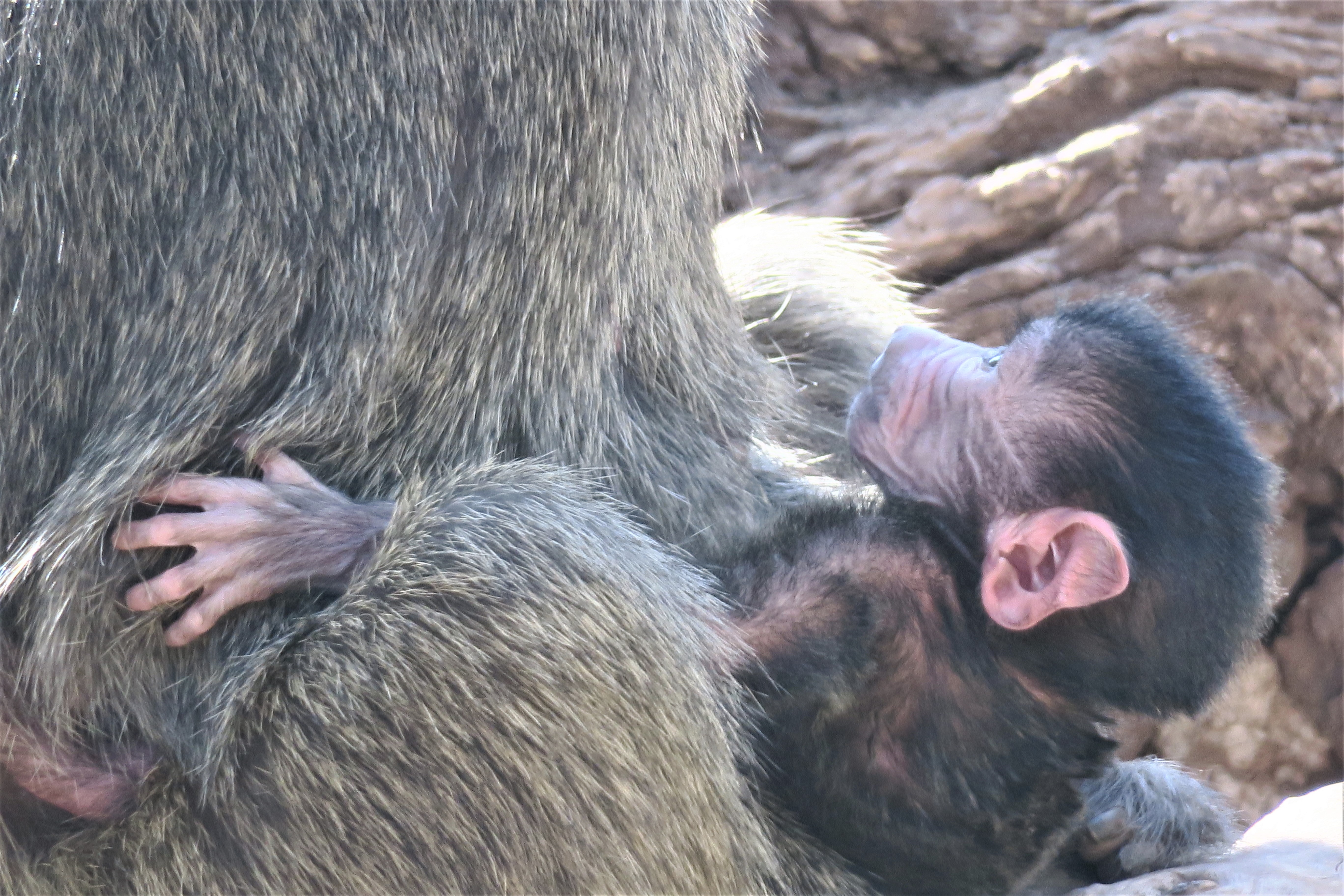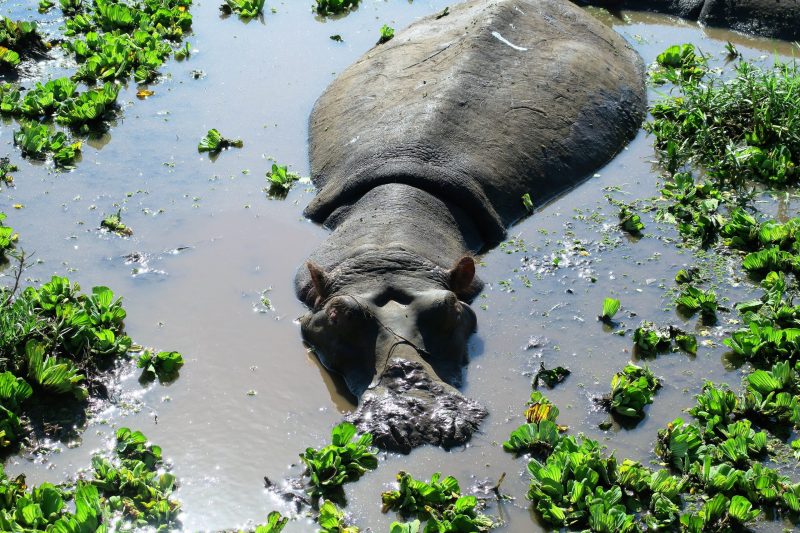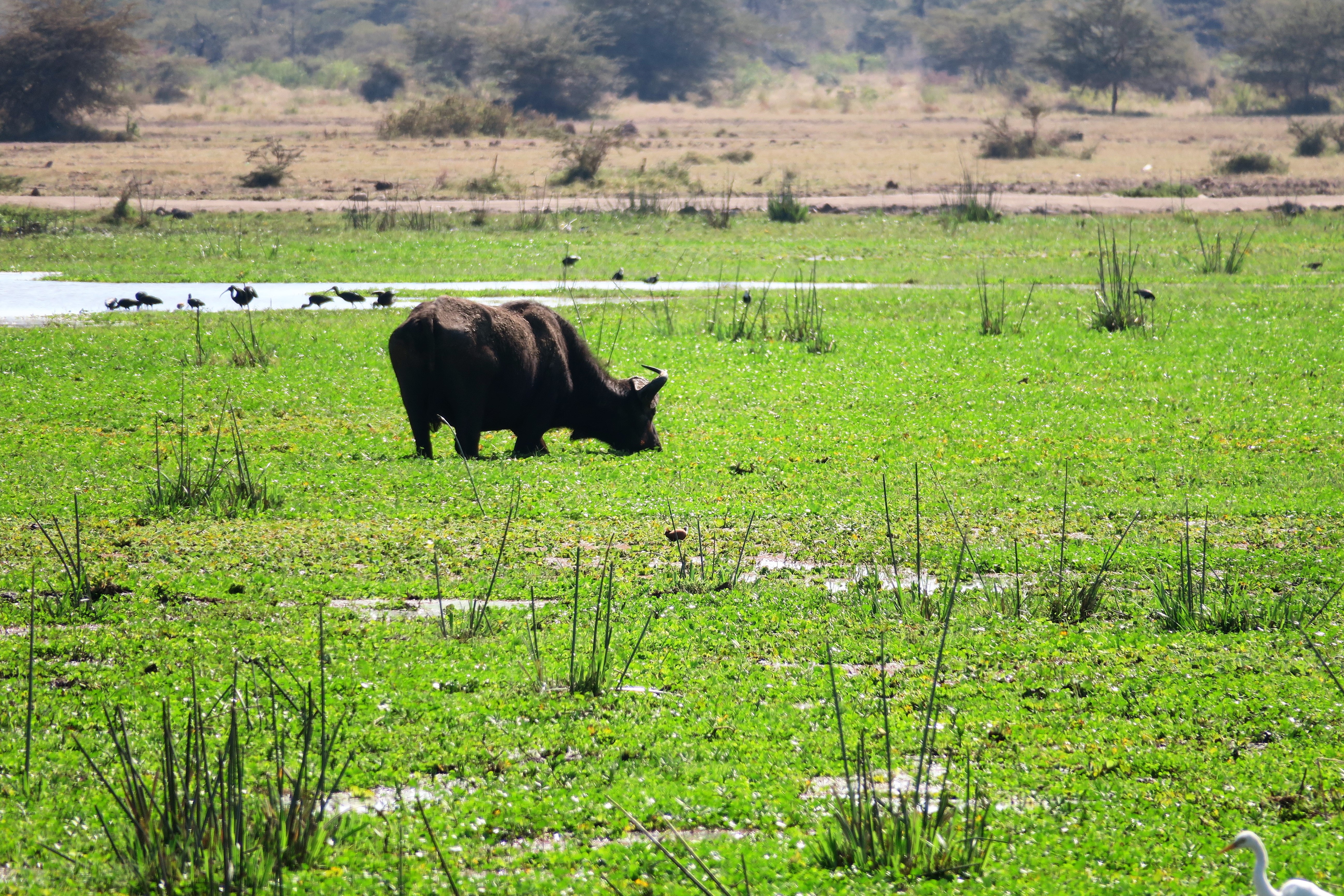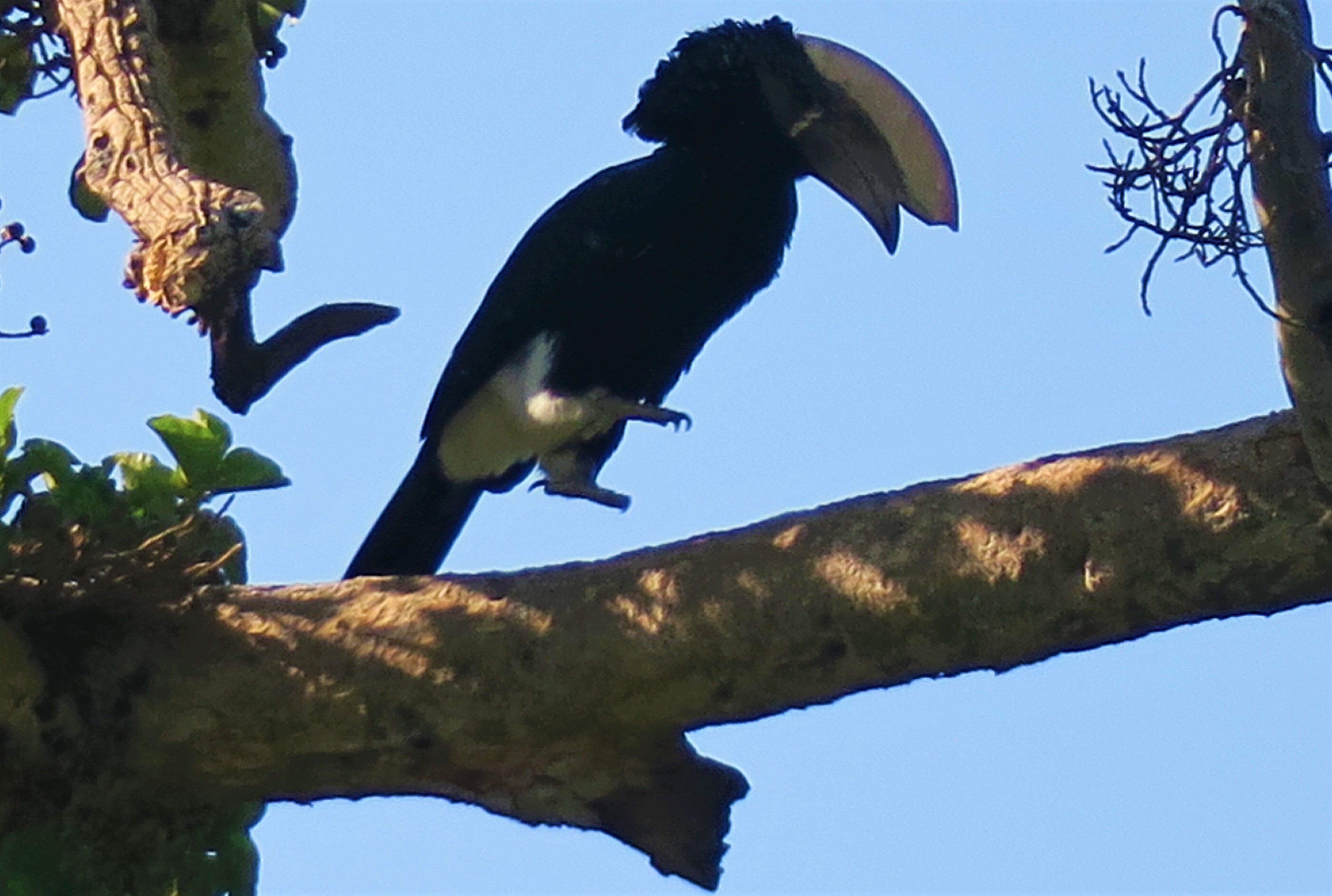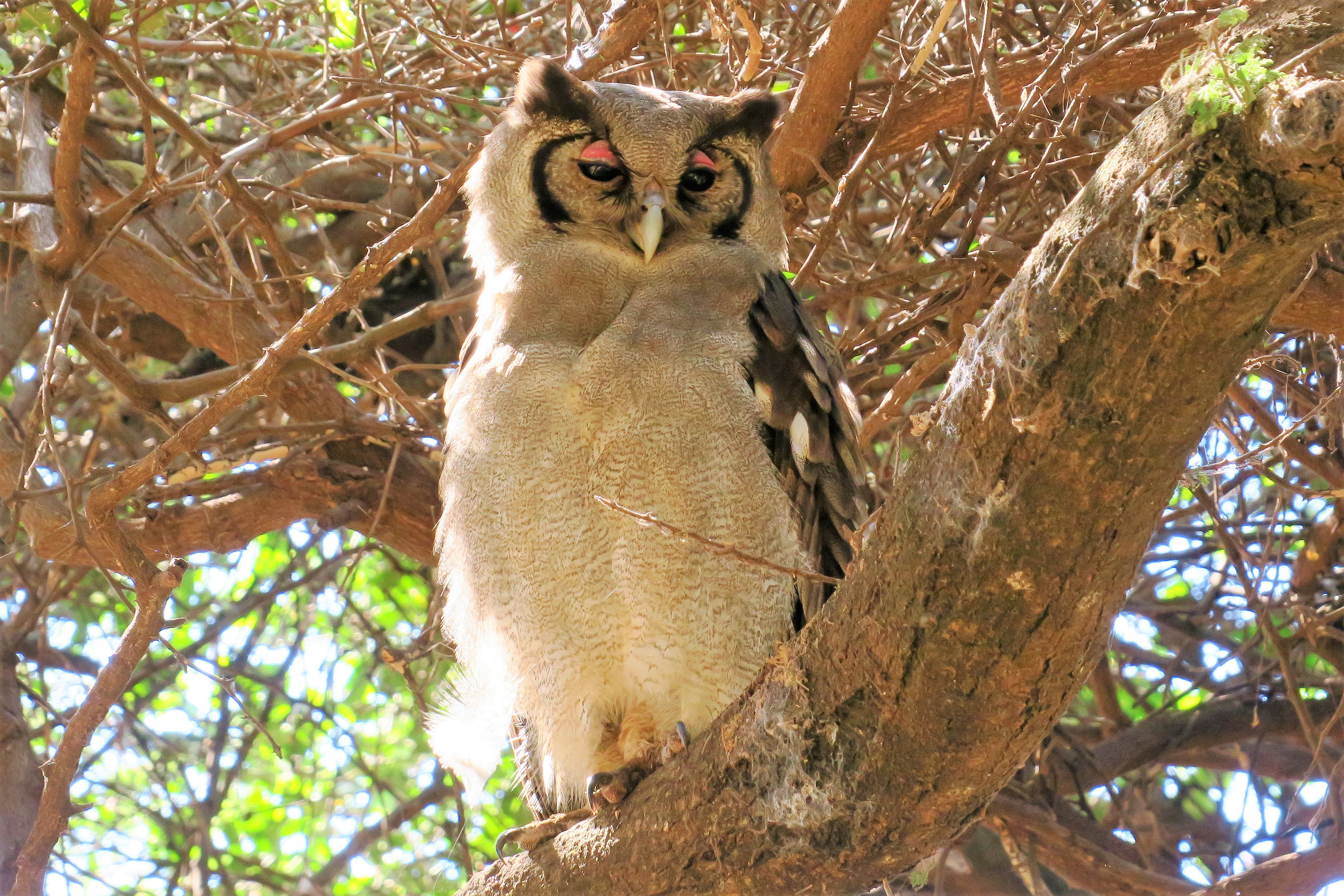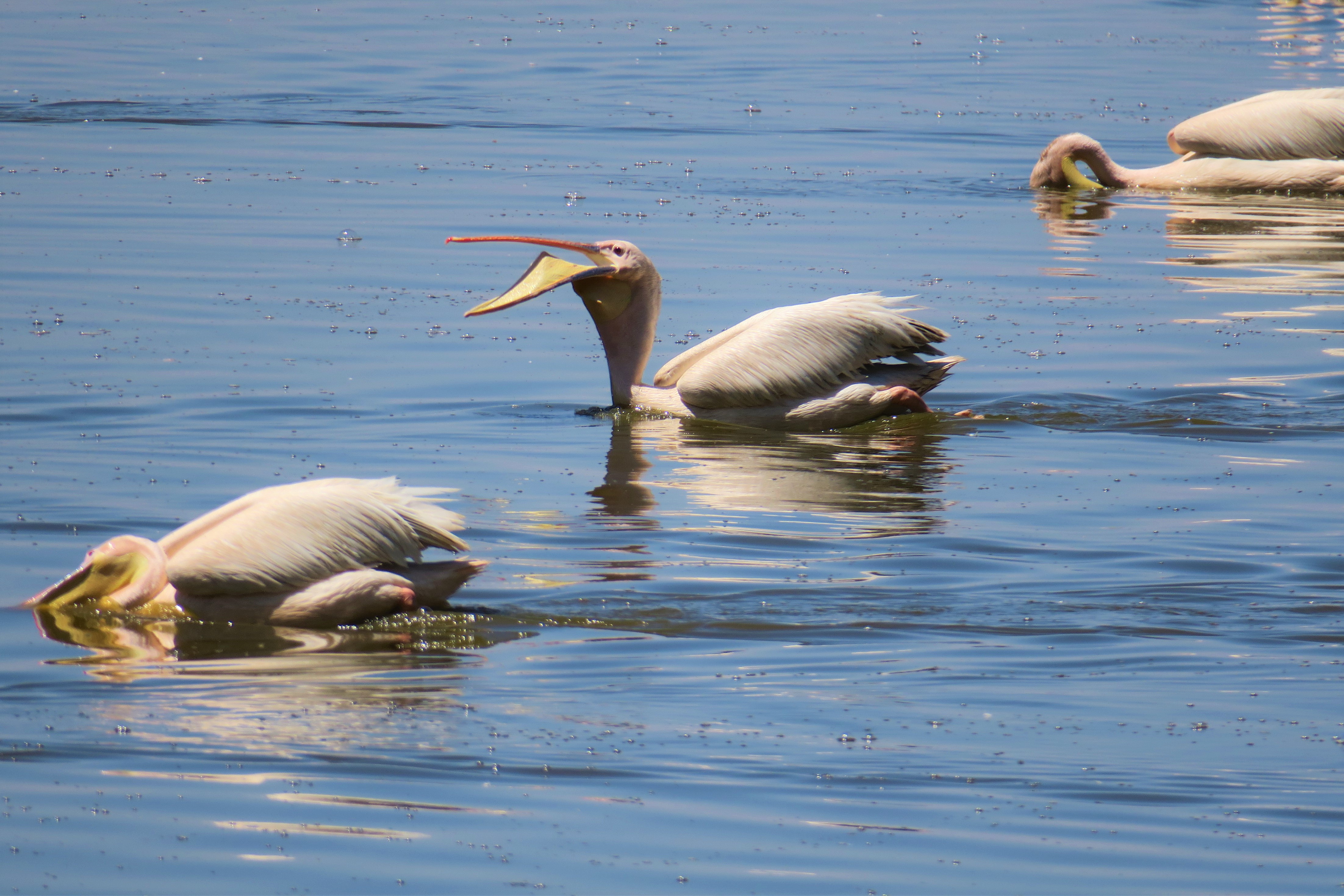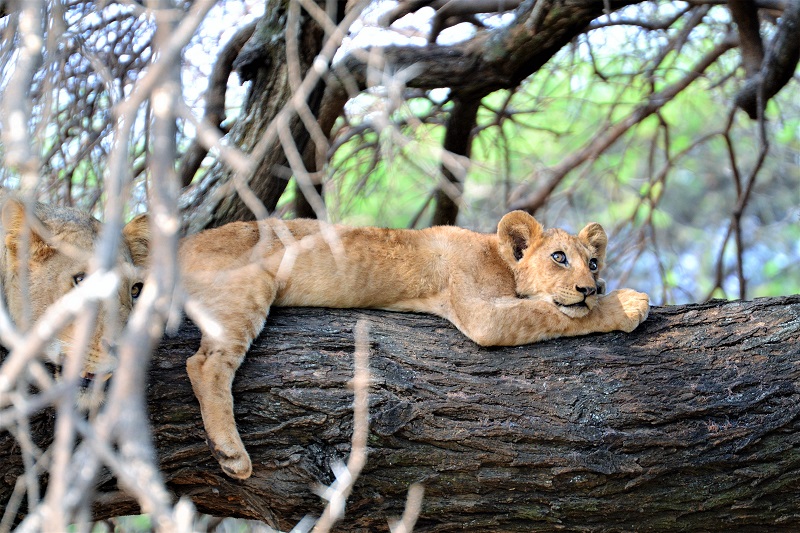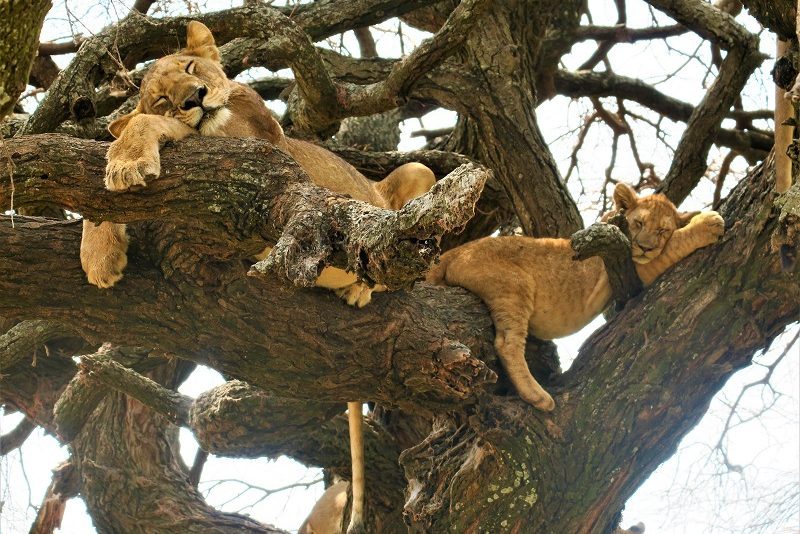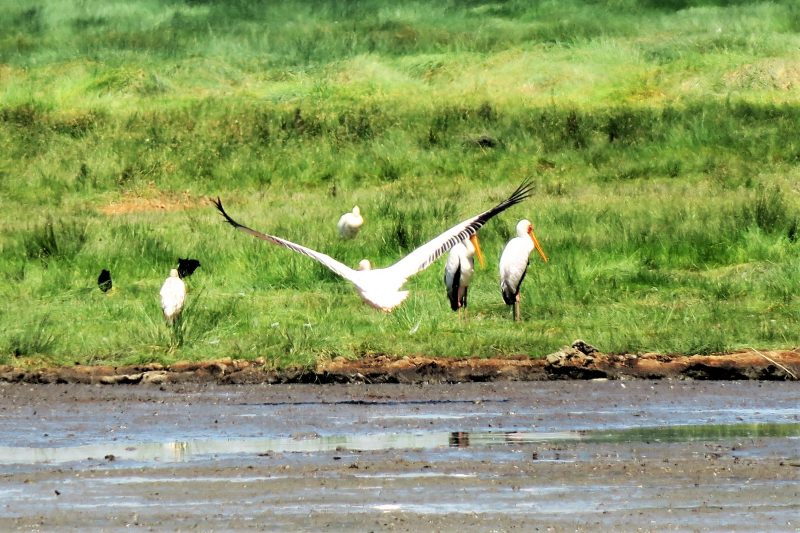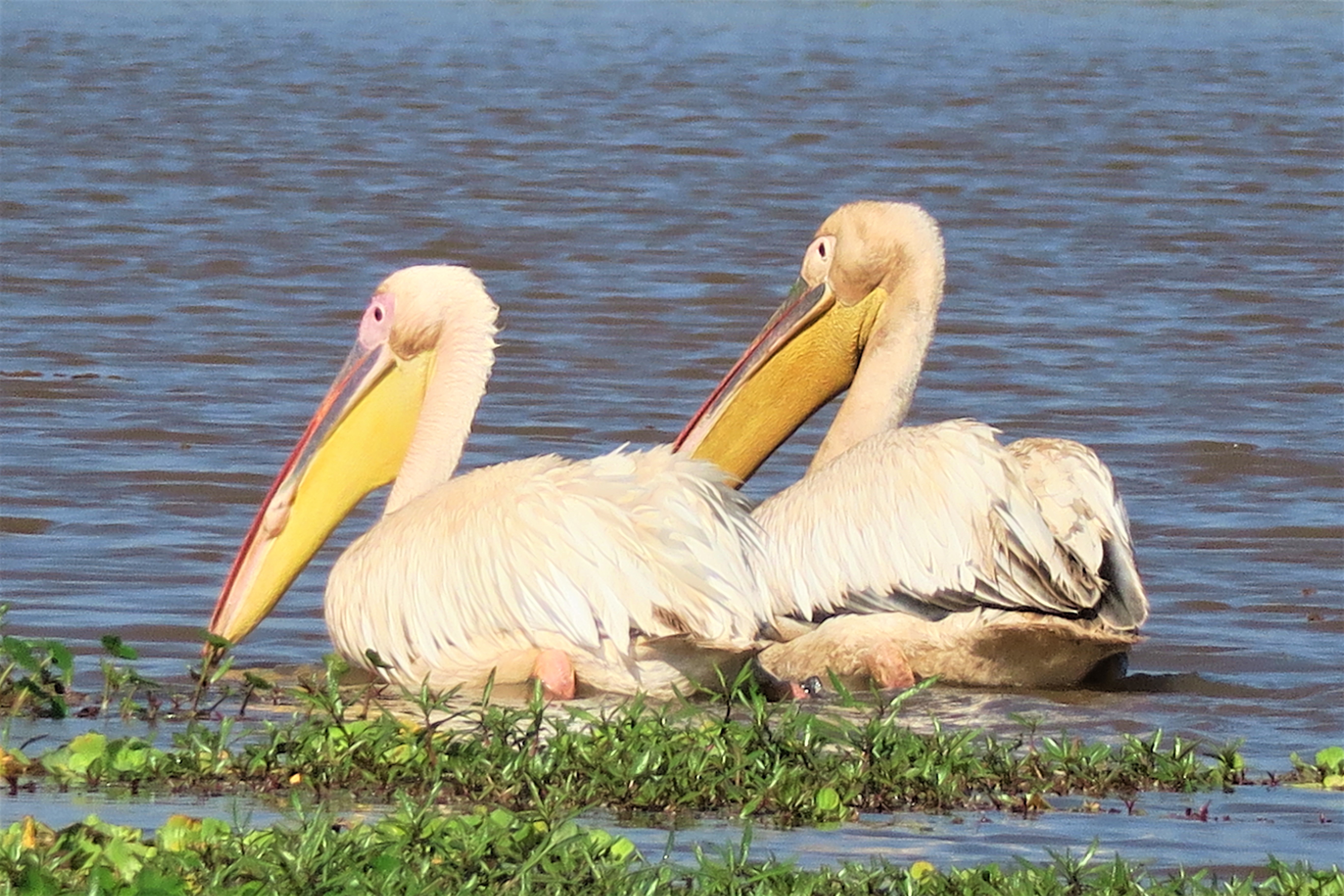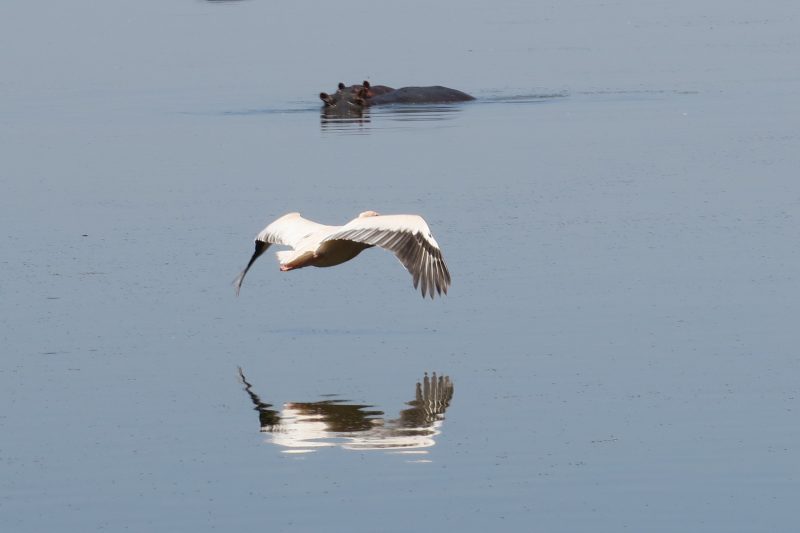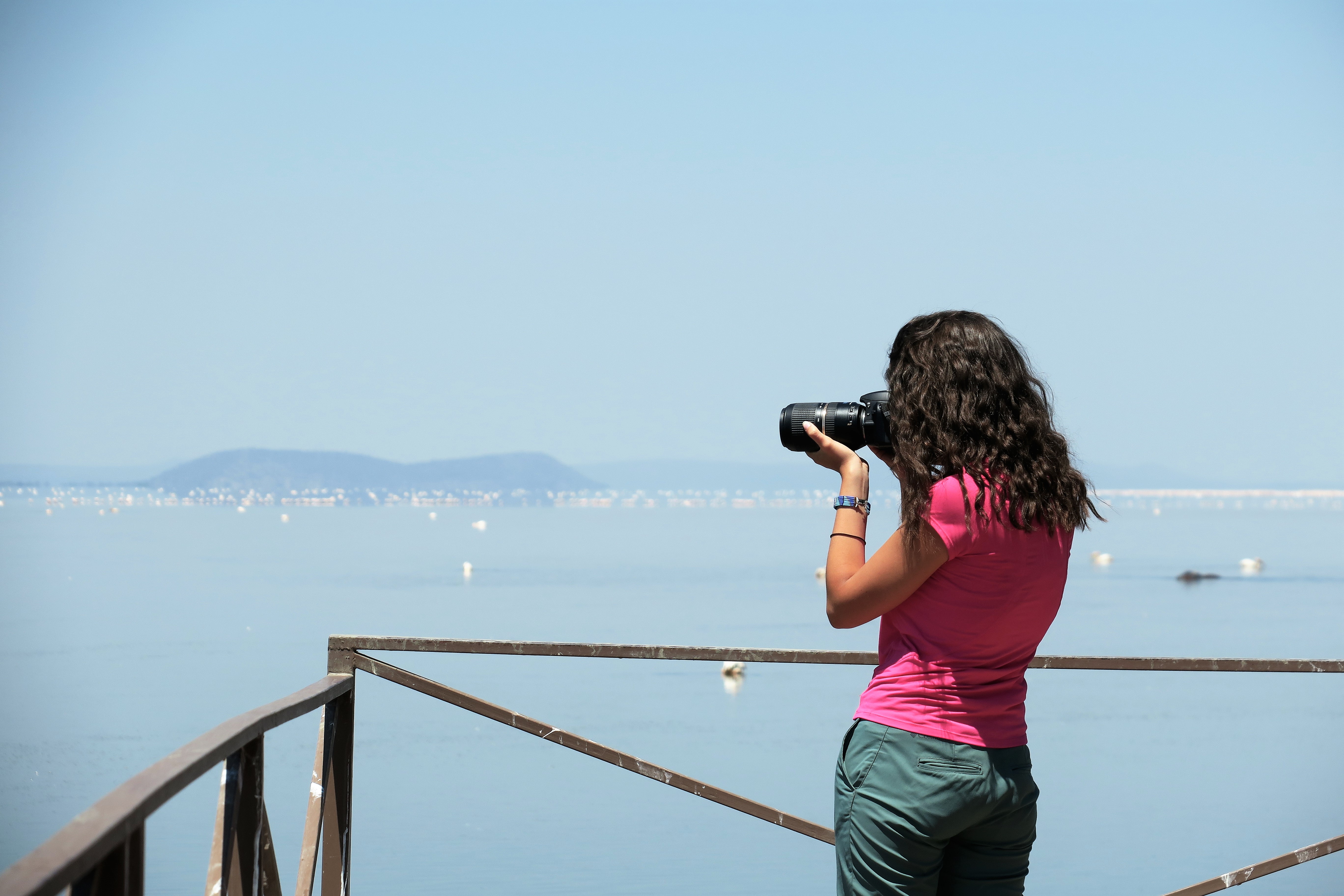Lake Manyara National Park, defined by Ernest Hemingway as “the most beautiful lake on the African continent”, is home to 11 different ecosystems close to the spectacular escarpment of the Rift Valley.
The lake is named after a plant, the Euphorbia Candelabro, which the Masai call Emanyara. Its shallow waters, which do not flow into any emissary, give life to the rich equatorial forest, to the floodplains of a bright green, to the reeds of the marshes. Towards the escarpment you can admire huge baobab, but it is the sycamore, with its yellow-cream bark, the most common plant in the park.
The geothermal activity of volcanic origin gives rise to sulfur springs that attract many flamingos, insensitive to the high temperature of the water that reaches 76 degrees.
The park is a paradise for birdwatchers.
The arboreal lions, characteristic of this area, are only one of the many reasons to visit the park, but it is good to know that, although widespread, the forest is so thick that it is not always possible to admire the majestic felines spread on the branches of the acacias.

